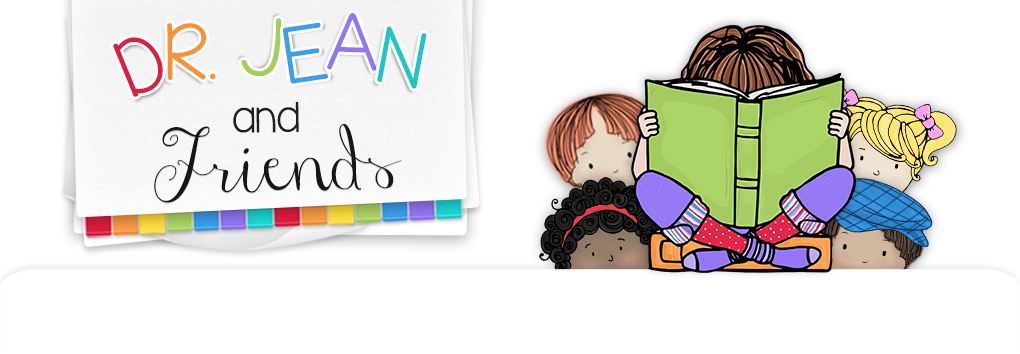WHAT EVERY BRAIN WANTS!
1. Exercise – Exercise boosts brain power.
2. Attention – The brain likes novelty and challenges. It doesn’t pay attention to boring things.
3. Music and movement are the most convenient way to learn anything.
4. Stress – The brain needs a safe and secure environment.
5. Brain Growth Time – the brain needs quiet time for thinking and reflection.
6. Sensory stimulation – The more senses you activate, the more likely the message will get to the brain.
7. Memory – You have to repeat to remember.
8. The brain needs good nutrition, water, and plenty of rest.
9. Brain breaks need to be integrated into the day.
*Neuroscience suggests that our attention span is 10 minutes and instruction needs to be varied accordingly.
10.The only way to the head is through the heart. Take care of those relationships!
References
Hannaford, C. (2005). Smart moves: why learning is not all in your head.
Salt Lake City, UT: Great River Books.
Jensen, E. (2008). Brain-based learning. Del Mar, CA: Turning Point.
Medina, J. (2010), Brain rules. Seattle, WA: Pear Press.
Ratey, J. 2008). Spark. The revolutionary new science of exercise and the brain. New York: Little Brown and Company.
Schiller, P. (1999). Start smart. Beltsville, MD: Gryphon House.
Wolfe, P. (2001). Brain matters: translating research into classroom practice. Alexandria, VA: ASCD.
Active Learning #2
Books Up
You will need multiple copies of books for this game. Each child takes a book and looks for information that the teacher asks for.

For example: “What was the pirate’s name?” (Children hold up their books when they find the page that answers the question.)
“What do you call the front of a ship?” (Again, children look for the answer and hold up their books.)
“How did the pirate find the treasure?”
“What is the copyright date of the book?”
*This is also a great way to review for social studies or science tests.
Place chairs in a circle. Put a different book on each chair. Children get in the circle and march around to some music. When the music stops, each child sits in a chair and begins looking at the book in that chair. After a few minutes the teacher randomly asks, “What is your book about?” “Who is a character in your book?” “What is the setting of the book?” Children then replace books in chairs, stand, and begin marching to the music.
*This is a good way to spark interest in books and help children practice scanning for information.


